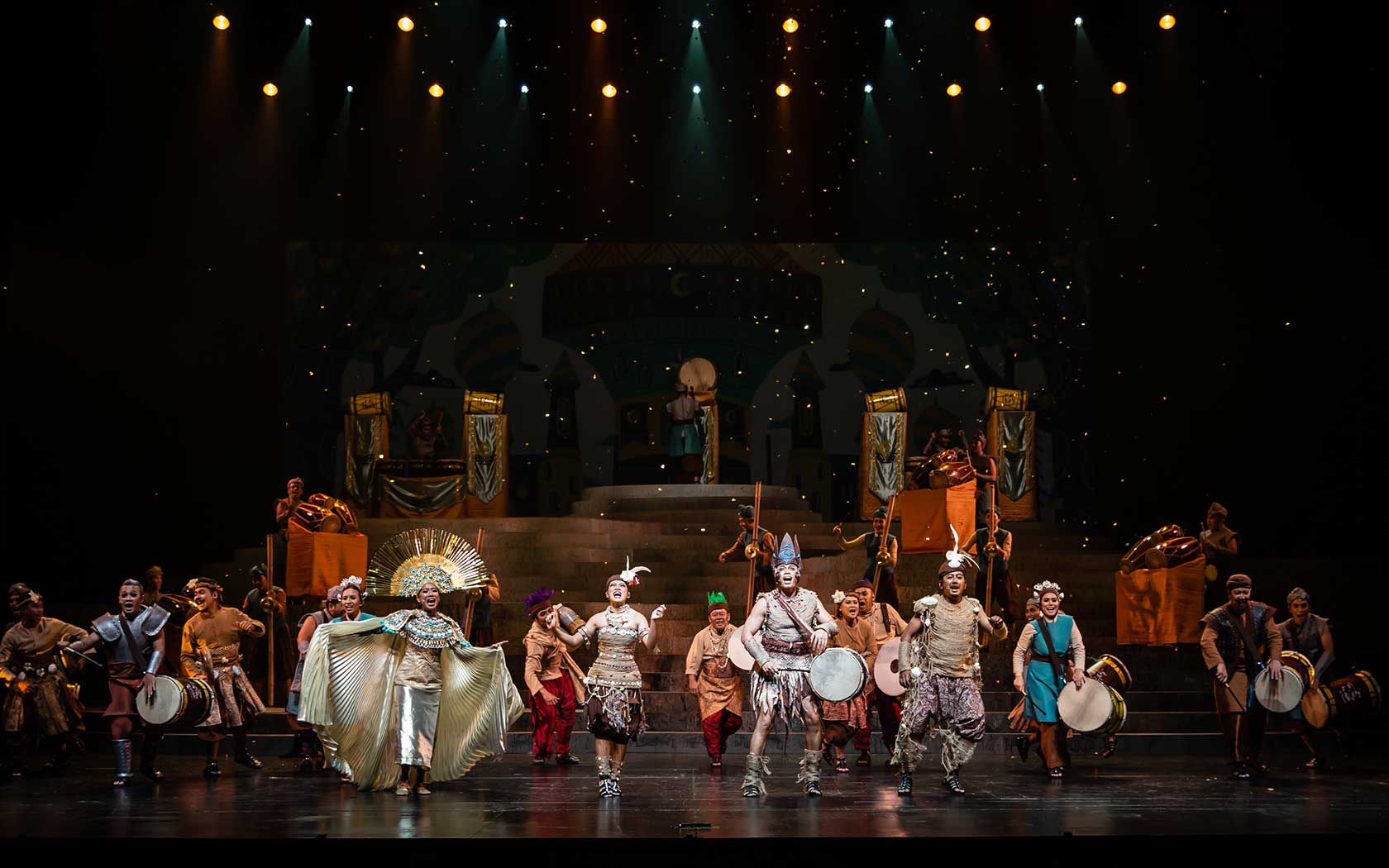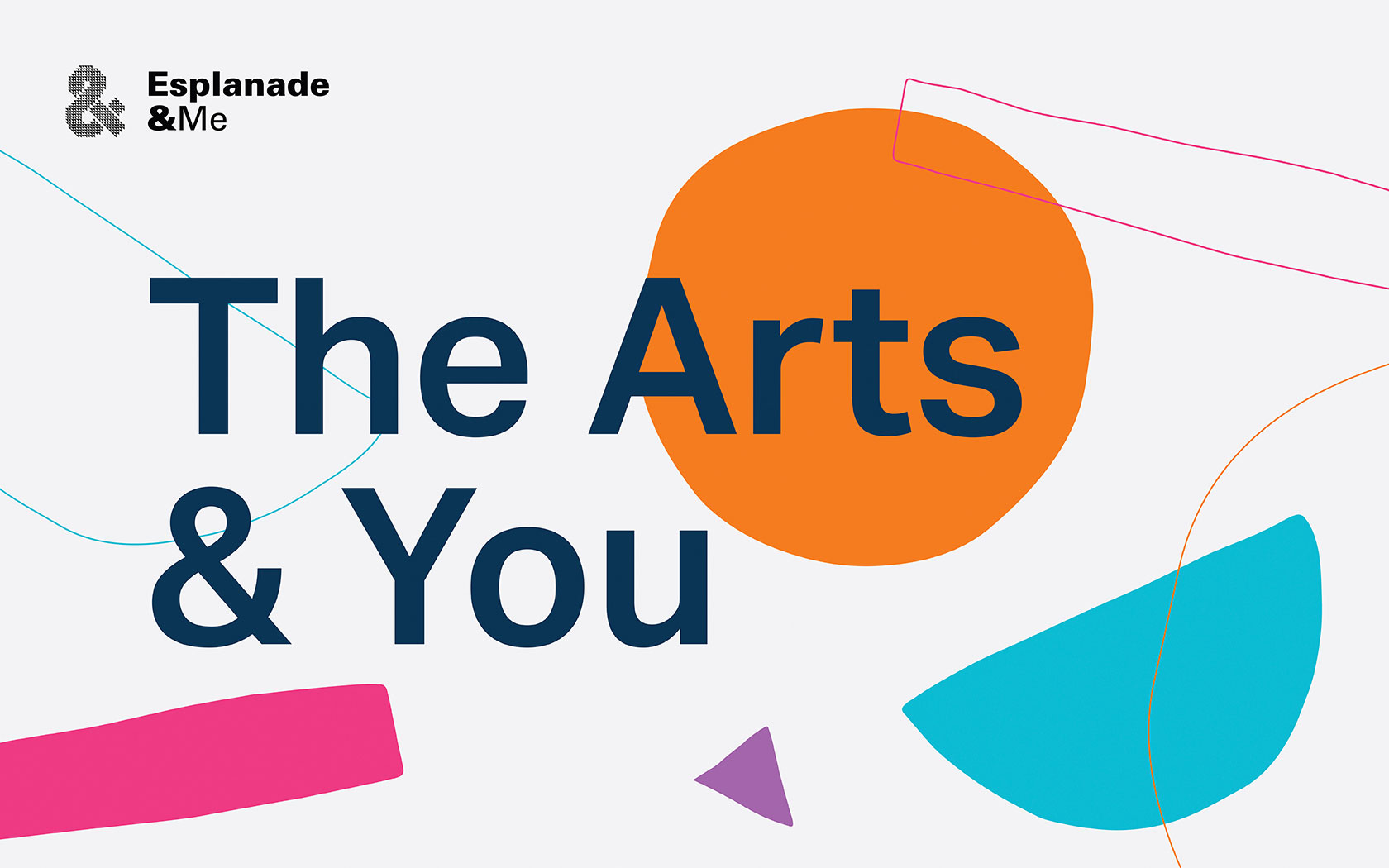We use cookies to improve your experience on our site. To find out more, read our data protection and cookie policy. By using our site, you agree to our use of cookies. Close to continue browsing.
Esplanade Presents
Exchange: Hula meets Bharatanatyam
Halau Nohona Hawai’i and Kalpana Sivan & Ensemble
29 Apr 2023, Sat, 2pm
(Intermission: None)
Esplanade Recital Studio
This event is over.

This event is over.
Two ancient dances from two ends of the world have more in common than one would imagine. As storytelling devices, hula and bharatanatyam both originated as dances devoted to mythology and spirituality, and are accompanied by percussion and chanting.
Hula was one of the earliest forms of sign language; chanting and dancing were used to impart history, traditions and stories down the generations. The dancers’ eyes give expression to the story, the movement of their feet and hips bring rhythm and power, and their hands tell the story. Every movement, expression and gesture in hula has a specific meaning, from representing various plants or animals, the weather such as rain, the sun or moon, to actions, such as searching, sailing or listening.
From South India, bharatanatyam, the classical dance form that originated in Tamil Nadu, also conveys narrative in dance. Through rigorous control of hand gestures, head, eye and body movements, emotions and story elements are conveyed through codified expressions by the dancer, leading the audience towards rasa, which is an experience of a sentiment.
Join Halau Nohona Hawai’i and Kalpana Sivan & Ensemble as they come together in an artistic discovery of each other’s practices.
As part of A Tapestry of Sacred Music, join us for a series of exchanges between international and locally based traditional artists whose artforms share thematic resonances. Listen as the artists demonstrate the similarities and differences in their sounds, movements and approaches, and gain insight on the significances and functions of their artistic practice within their respective communities.
• Patrons who have registered will have priority entry to the venue.
• Patrons who have registered must arrive 5 mins before the start of the event to guarantee your admission.
• Patrons who have registered but are not at the venue 5 mins before the start will have their seats released to walk-in patrons on a first-come, first-served basis.
• Limited seats are available at the door.
• Seating will be assigned by Esplanade’s ushers.
Halau Nohona Hawai’i
Under the direction of Kumu Hula, Kaimana Chee, Halau Nohona Hawai’i is a Hawaiian cultural school founded in 2014 based in the USA. Its name refers to all things Hawaiian and living the Hawaiian way. A non-profit cultural organisation, the group’s mission is to cultivate, protect and perpetuate the cultural practices, knowledge, and traditions of na kupuna (ancestors/elders) through the teachings of hula, language, chant, protocols, music & history.
29 Apr 2023, Sat
2pm


Become a member

Great arts experiences begin with Esplanade&Me. Join this membership to enjoy ticket specials on shows at Esplanade, early bird specials, promotions at Esplanade Mall, unlimited access to Offstage and more.

Never miss a show again. Get on our mailing list.
- Exchange: Hula meets Bharatanatyam











